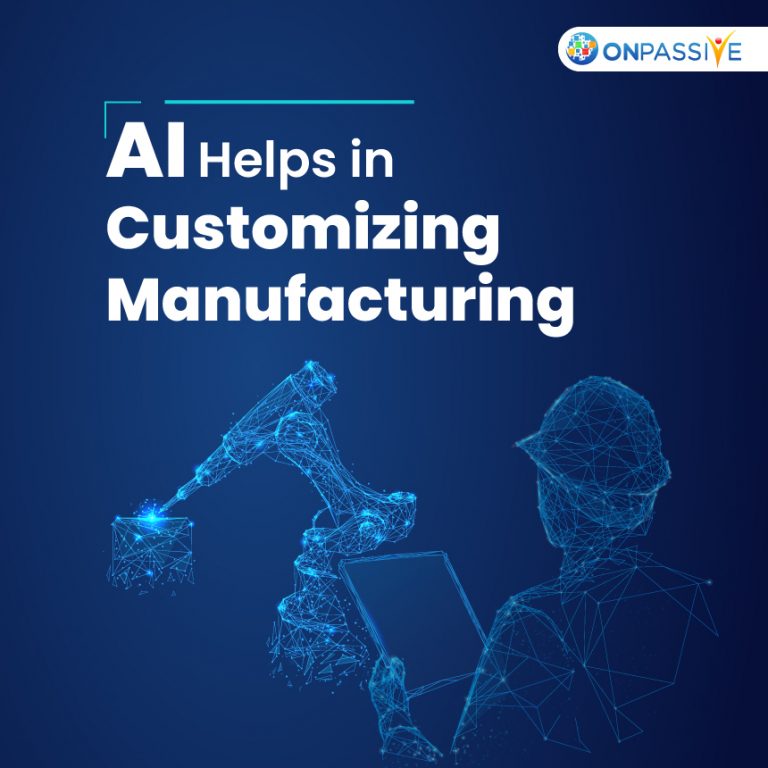
Artificial intelligence is making enormous progress in enhancing efficiency in manufacturing contexts, leading to higher performance, thanks to recent innovations in cloud computing and ample data storage and analysis. AI also delivers crucial data to managers, allowing them to make better business decisions.
Machine automation generates higher-quality products more quickly and effectively while also giving crucial data to assist managers in making better business decisions. However, there are still certain obstacles to overcome.
Many businesses are wary about disclosing actual production and process information. There’s also the problem of combining massive volumes of data from both the shop floor and the back office to generate real-time insights continuously. Some companies employ a middleware platform to make an intelligent factory work as a unified system.
Let’s look at a few of the AI benefits before knowing the use of AI in boosting business productivity.
Benefits of AI
- Automation
- Smart Decision Making
- Enhance Customer Experience
- Medical Advances
- Research and Data Analysis
- Solving Complex Problems
- Business Continuity
- Managing Repetitive Tasks
- Helps in Minimizing Errors
- Increased Business Efficiency
How to Use AI to Boost Business Productivity?
Here are five ways in which artificial intelligence (AI) can help manufacturing become more productive.
● Demand Forecasting with Greater Precision
Systems can test hundreds of mathematical models of production and outcome possibilities using AI and machine learning and become more accurate in their analysis while responding to new information like new product releases, supply chain interruptions, and rapid changes in demand.
Even something as simple as collecting physical inventory can be used to bring efficiency using AI. Using smart drones that fly through the warehouse, scan products, and check for misplaced items, a work that takes Wal-Mart personnel a month to complete may be finished in 24 hours. According to consultancy firm McKinsey, overall inventory savings of 20% to 50% are conceivable, thanks to machine intelligence.
● Maintenance that is Planned in Advance
Organizations are beginning to recognize that investing in predictive maintenance solutions is worthwhile since it is a sure-fire approach to increase operational efficiency and, as a result, has an almost immediate impact on the bottom line. Planned analytics uses sensors to watch equipment status and analyze the information continuously, allowing companies to service equipment when needed rather than when it is scheduled for maintenance, reducing downtime.
Machines can even be programmed to assess their conditions, purchase replacement parts, and call in a field professional when necessary. Algorithms based on big data can predict future equipment failures, which takes predictive maintenance a step further. According to McKinsey, AI-enhanced predictive maintenance of industrial equipment may cut yearly maintenance expenses by 10%, reduce downtime by 20%, and reduce inspection costs by 25%.
● Highly Customized Manufacturing
Companies can now take personalization to the next level by creating products and services extremely relevant to specific customers because of advances in AI and software intelligence. Personalization sells; therefore, this is crucial. According to a recent survey, 20% of customers would be willing to pay a 20% extra for customized products or services.
Brands who are eager to personalize their products might also gain more trust from their customers. As per Accenture, 83 per cent of consumers in the United States and the United Kingdom are willing to allow trusted retailers to utilize their personal information to provide them with personalized and targeted products, recommendations, and offers.
● Making Manufacturing Processes More Efficient
Artificial intelligence systems will track quantities utilized, cycle durations, temperatures, lead times, mistakes, and downtime to improve manufacturing operations. The initial phase of AI deployment will be an “operator help” mode, in which AI will run in the background and provide suggestions to the operator. By the end of the year, various machine types driven by AI engines running machine learning algorithms capable of enhancing industrial processes autonomously are expected.
AI systems will learn how the human mind works by studying the operators’ final judgments, allowing them to be deployed in an “operator replace” mode. In the future, AI will allow us to turn data into intelligence in a vendor-agnostic environment. All machines speak the same language, resulting in increased production efficiency throughout the shop floor.
● Automated material Procurement
Everything, even the first steps of quoting and creating the supply chain, will be recorded and critiqued using analytics and machine learning. Machine learning, according to McKinsey, will cut supply chain forecasting mistakes by 50% and expenses linked to transportation and storage and supply chain administration by 5% to 10% and 25% to 40%, respectively. Honeywell’s procurement, strategic sourcing, and cost management processes are already using AI and machine-learning algorithms.
Conclusion
Companies are increasingly turning to technology to discover new methods to boost business productivity. Artificial intelligence is a relatively new subject that is helping companies of all sizes to achieve significant benefits. Businesses should consider all of the ways artificial intelligence may assist them in staying ahead of the competition or avoiding falling behind.


